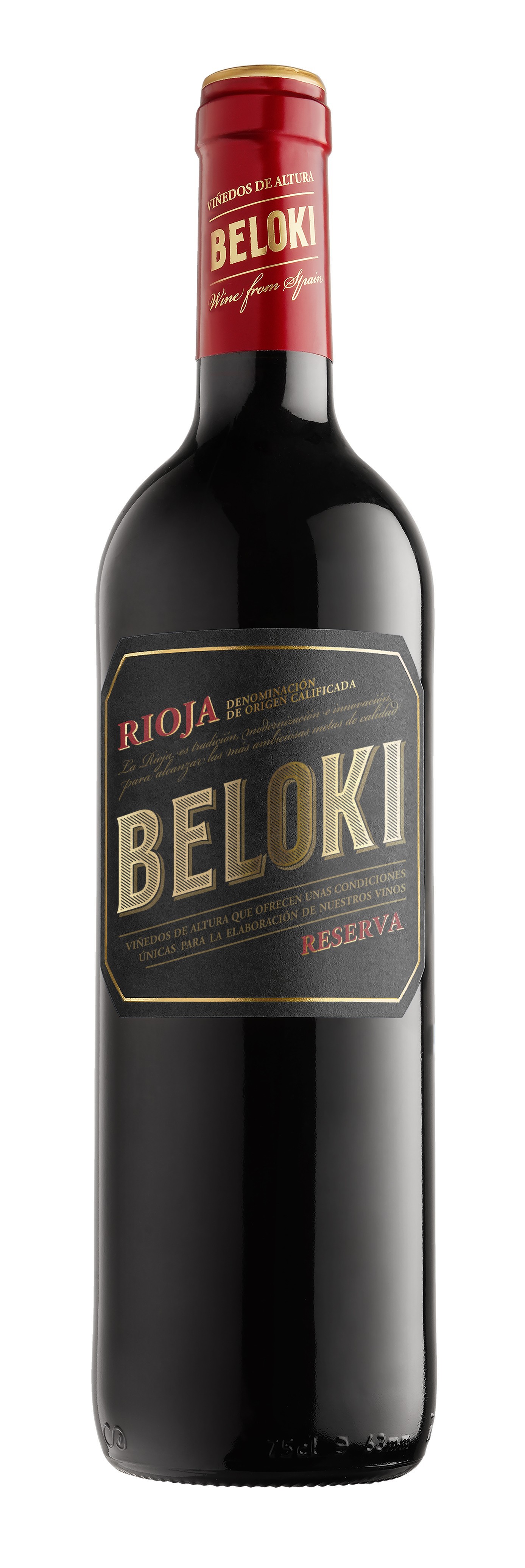
DOCa Rioja
The first Spanish Denominación de Origen, a pioneer in obtaining the "Calificada" category, and one of the best known appellations in the world. The love affair between wine and Rioja goes back two millennia. The consolidation arrived in the 15th century, though, thanks to the “Camino de Santiago”.
When phylloxera appeared in Bourdeaux in the 19th century, the demand for Rioja wines experienced an important increase. The undisputed star in the Rioja countryside is the Tempranillo grape, coexisting with other varietals such as Viura, Tempranillo Blanco and Garnacha Tinta.
Did You Know?
Phylloxera arrived in La Rioja in 1901, devastating all the vineyards in the region. At that time, the recovery in Bordeaux was already complete, thus slowing down Rioja’s wine renaissance.
At the end of the 19th century, distinguished winemakers in the area introduced Medoc-style aging and modernized the production of Rioja wines.
Gonzalo de Berceo, the first poet in the Castilian language, dedicated some verses to praising Rioja wine: “Bien valdrá, como creo, un vaso de bon vino”.
DOCa Rioja: Balanced Soil For Quality Wines
The DOCa Rioja is divided into three subzones: Rioja Alta, Rioja Alavesa and Rioja Baja.
The first two, north and west of Logroño, extend their vineyards up to 500 to 800 m above sea level. In these regions, vineyards are practically a monoculture and are planted on clay soils rich in iron and chalk.
In the Rioja Baja, southeast of Logroño, crops are scattered over different plateaus, at 300-400 m above sea level. Here, alluvial and clay-ferrous soils are predominant.
A Few Figures
1.300.000 barrels
This figure places La Rioja as the first barrel park in the world. These are 225-liter barrels, made from oak wood.
14
Authorized grape varieties. However, Viura accounts for 70% of white grapes, and Tempranillo for 80% of reds.
400 to 600 l/m2
Annual rainfall. Combined with the 15ºC average temperature, turns La Rioja into the ideal place for vine-growing.
The Outcome
The moderate climate and nutrient-rich soil join forces to produce aromatic, balanced wines with an excellent aging capacity. La Rioja wines are a textbook example of modernized tradition, capable of maintaining the surprise factor without sacrificing quality.
And These Wines Prove It

